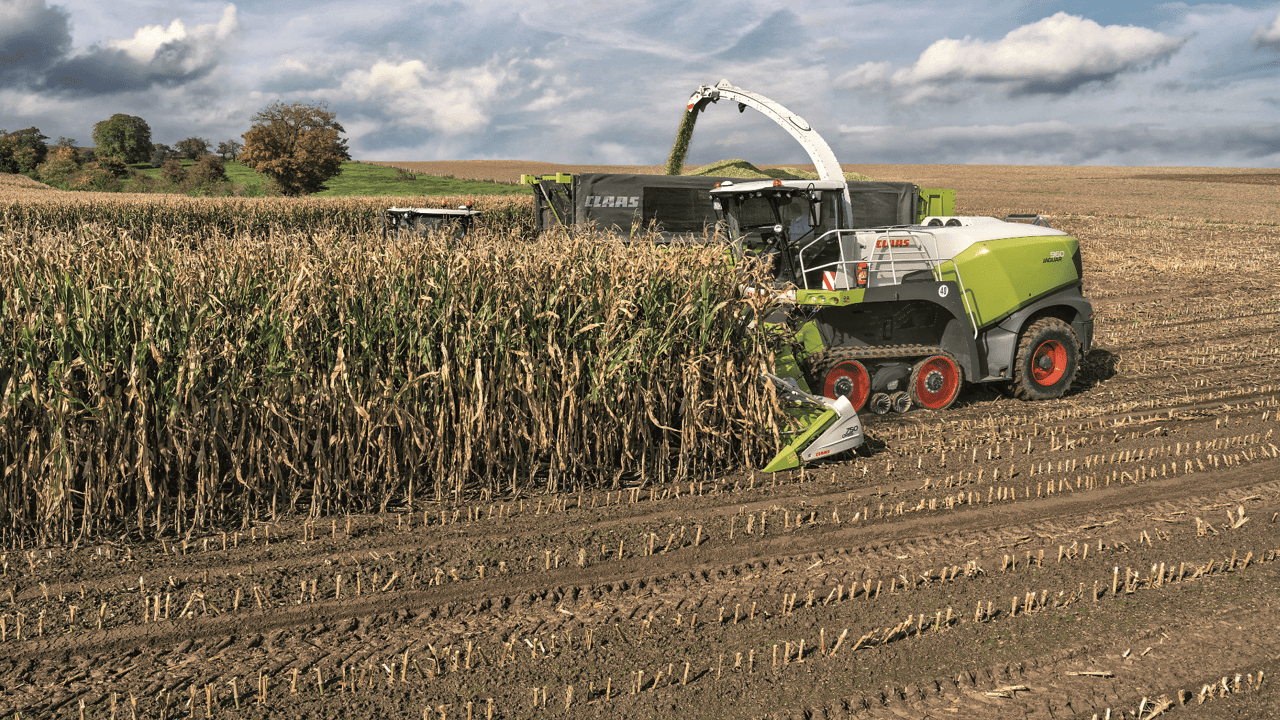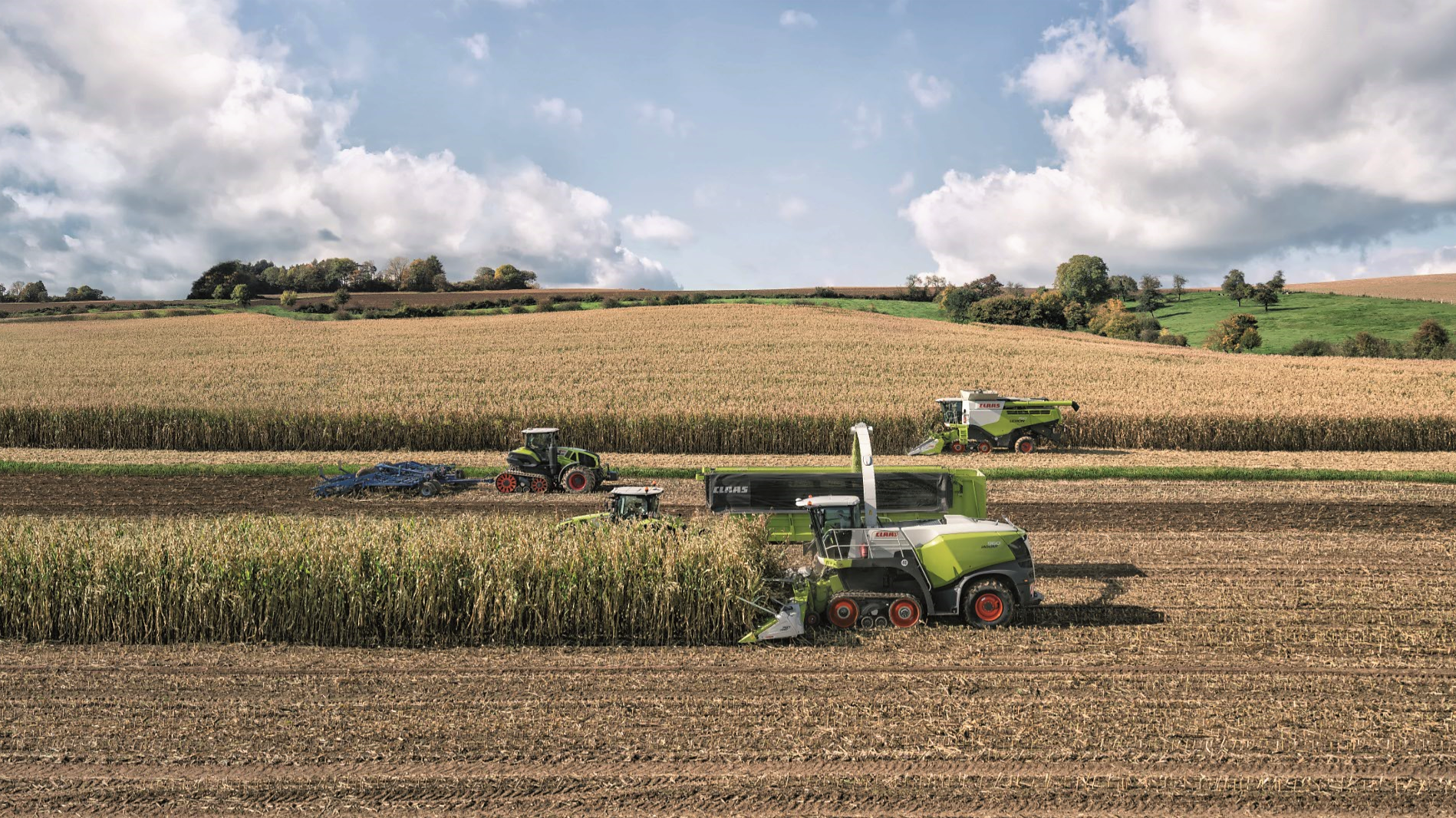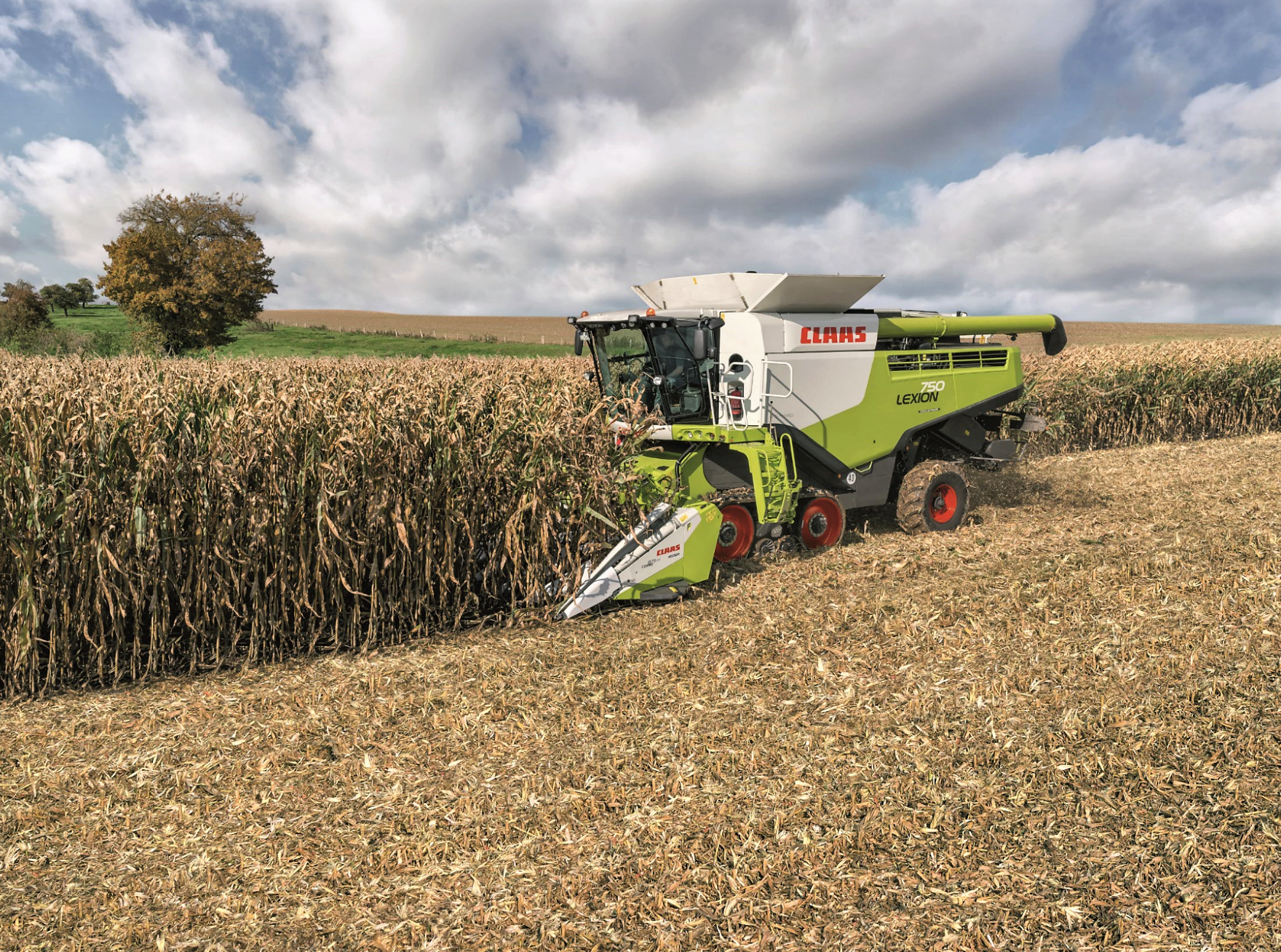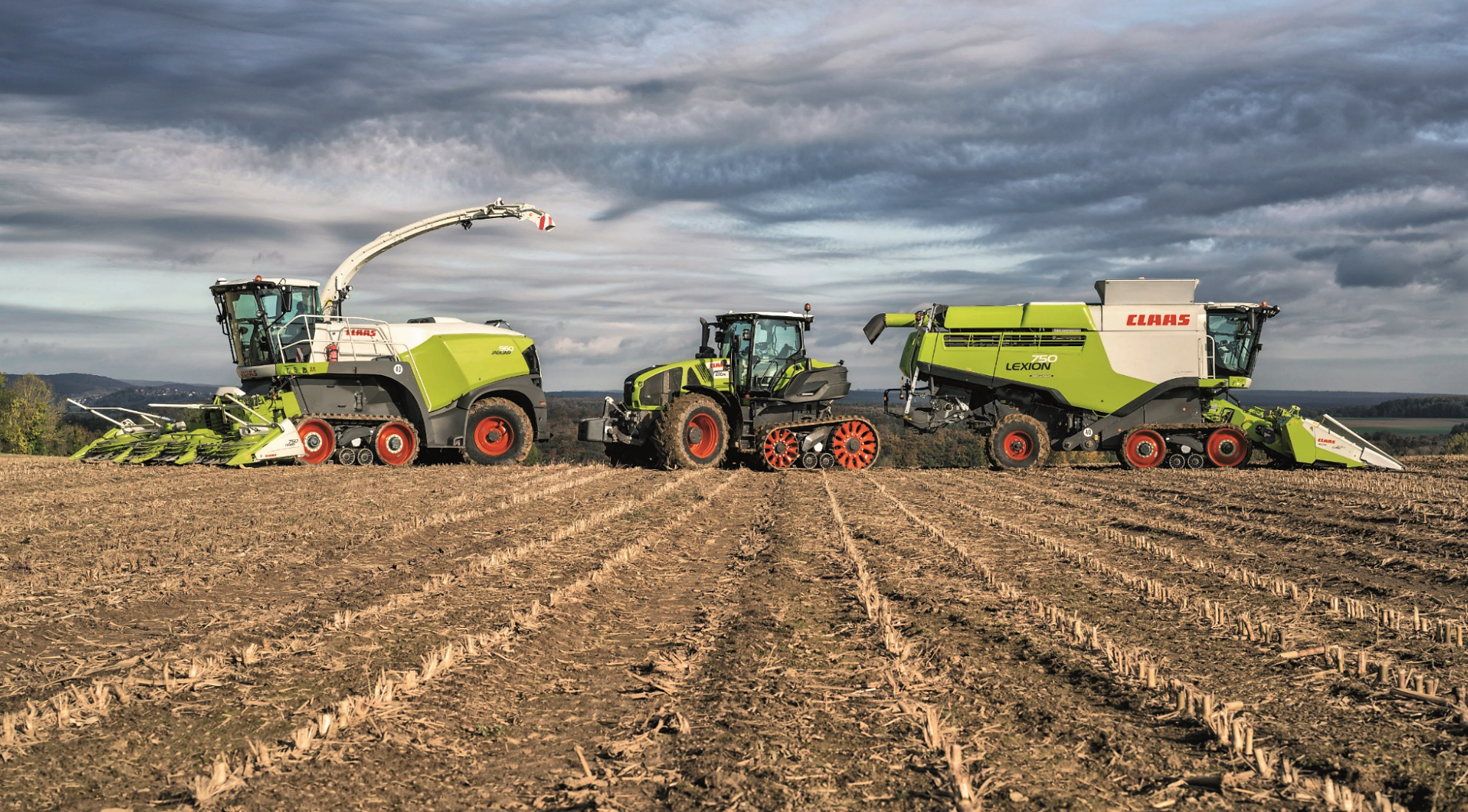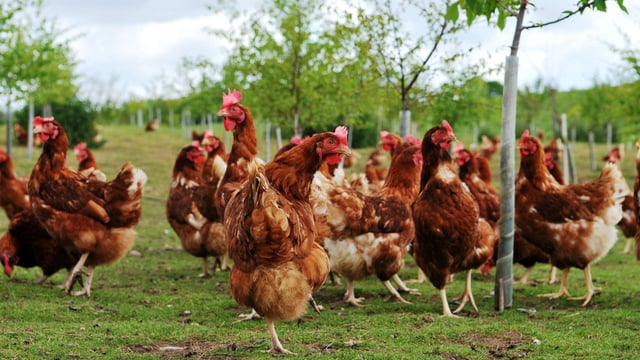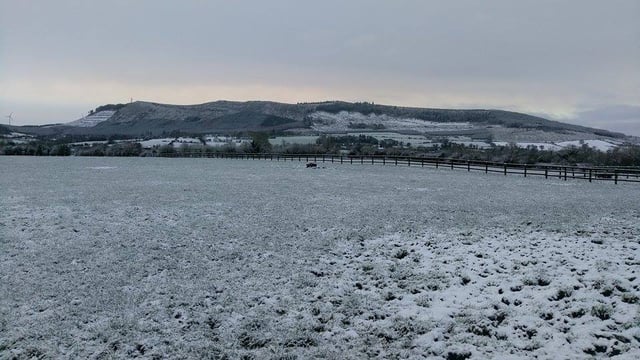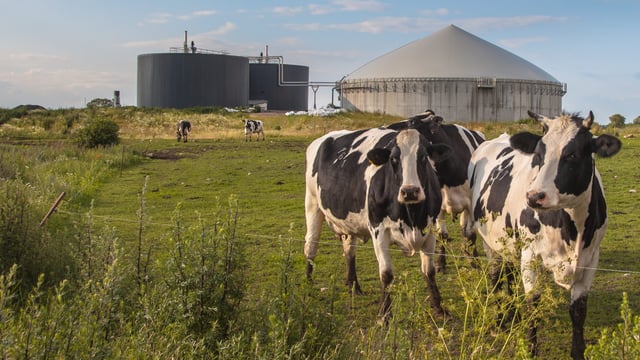Foragers get 'track' treatment; but with a clever twist
In equipping its Jaguar with Terra Trac, Claas says that it is the first manufacturer to offer a factory-fitted, integrated crawler track system for self-propelled forage harvesters.
Of course, readers might wonder if fitting tracks to a forager is a good idea, given tracks’ propensity to ‘scuff’ or tear up ground when turning sharply.
Studies by Kiel University of Applied Sciences have apparently shown that, by shortening the contact area in this way, it is possible for the undesirable shear effect (which is otherwise encountered when a machine with crawler tracks turns on grass) to be reduced to almost the same level as that with a wheeled machine.
As a result, the degree of soil pressure briefly changes to a level comparable to that obtained with 800mm-wide tyres.
This concept, claims Claas, allows year-round operation with a high degree of machine utilisation.
With 800mm-wide tracks, the machine has an external width of almost 3.5m.
Another practical benefit, says the manufacturer, is that removal and installation of the corncracker from the side is much easier – as the crawler tracks are lower than tyres.
It was 30 years ago that Claas presented its first series-production combine harvester with full rubber tracks. This was followed by the better-developed, so-called Terra Trac concept a few years later.
Since then, the manufacturer has systematically developed crawler track technology for its big Lexion combine harvester line-up.

